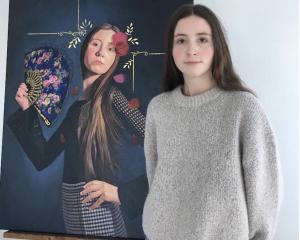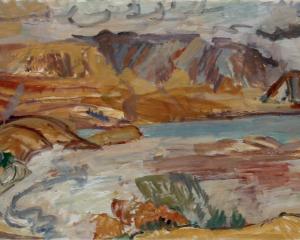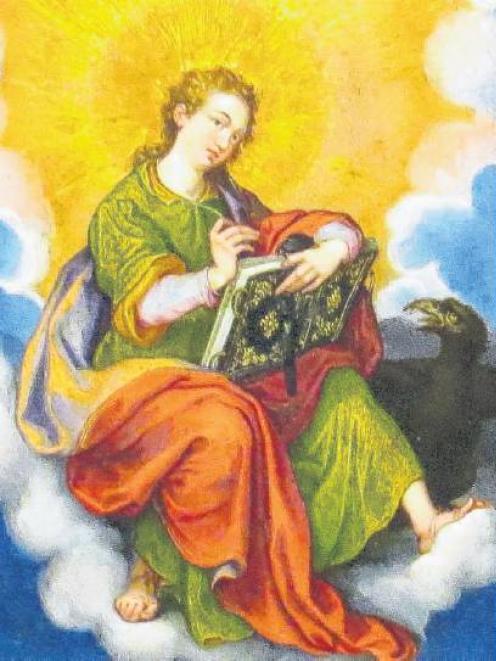
(Dunedin Public Art Gallery)
It's still very much the new year hiatus for many local galleries, but as always the Dunedin Public Art Gallery fills the gap with some memorable displays.
One of these is ‘‘Style and Substance’’. This exhibition has been an attraction at the gallery for some time, and contains many works which are well-known parts of the permanent collection, but it is still worth taking some time to view.
The works are divided into specific genres: portrait, landscape, genre painting, still life, and the like, each of them exemplified by international and local works from across the ages. As is always the case with DPAG exhibitions, there is comprehensive description and annotation, both of individual pieces and of each genre, and many fine pieces are on display both from notable masters and less well-known artists.
While the more famous names unsurprisingly attract the attention, many of the most eye-catching pieces are from artists whose names are not as widely remembered. Among the historical and religious works, a 16th century image by Johann Rottenhammer stands out for example, and a charming double portrait by F.G. Waldmuller and a gentle domestic scene by Ernest H. Thompson also catch the eye.
The exhibition has been well thought out and curated, and is both a nice historical art journey and overview of the gallery’s collection.
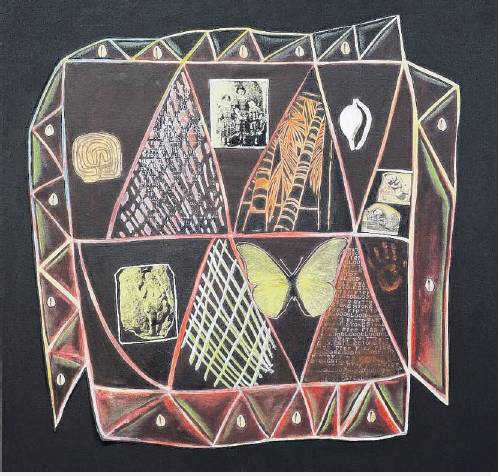
‘‘In Her Image’’, various artists
(Dunedin Public Art Gallery)
The story of women in art is intriguing,and multilayered. For centuries ignored other than as a muse for male artists, women were almost always depicted from the male outsider’s viewpoint. ‘‘The Muse’’ was idealised yet otherworldly, paradoxically semi-divine yet regarded as a dangerous lesser half of humanity.
Thankfully, women have gradually gained a rightful place within the art world, one in which the essence of the feminine is able to take on a renewed and reassessed position - no less spiritual, but more grounded in reality. It is this reassessment which ‘‘In
Her Image’’ addresses, seeking a more understood, but still divine femininity, as viewed from within rather than through the mist of male stereotyping.
The exhibition displays a series of modern works by women, all focusing on the feminine spirit. The works range from Robyn Kahukiwa’s icon like Te Hato the uncanny sensuality of Marte Szirmay’s Series B. These works are juxtaposed with Renaissance images of the Madonna and Child and Salome’s dance.
The counterpointing of the early paintings with the wealth and breadth of the modern works poignantly punctures the myths of women as seen by men, yet simultaneously shows both the mesmerism of early artists with the power of female sexuality and their reverence for the power of the divine feminine.
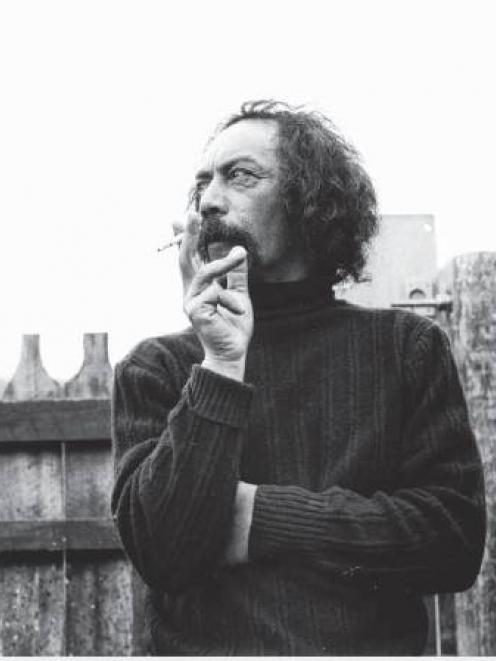
(Dunedin Public Art Gallery)
While these exhibitionsare impressive, the current jewel in the DPAG’s crown is ‘‘Atete’’, a retrospective of the work of Ralph Hotere.
‘‘Atete’’ takes the viewer through Hotere’s career from his early generic abstracts to his breakthrough, the bright dark surfaces oftheminimalist Black Paintings. The austerity of these pieces is offset beautifully by the giant rainbow-like panels ofGodwit/ Kuaka.
From here, we are taken through the Sangro works - a eulogy and elegy for Hotere’s brother Jack - and on to Hotere’s more political works, dealing with apartheid, peace, Maoritanga, Aramoana, and the levelling of part of Port Chalmers’ Observation Point.
Separate rooms are dedicated to Hotere’s collaboration with Bill Culbert, PROP, and to his masterpiece Black Phoenix,a stark yet cathedral-like work which simultaneously suggests the palisades ofa pa and thepews of a church, set out before the cruciform lines of a boat’s prow. The combined sense of physical, political, and religious resurrectionmakes this one of New Zealand’s most powerful art works.
Hone Tuwhare’s poem to Hotere, which adorns the Big Wall, says it best. These are works which seem simplistic but require too much thought, yet which, when viewed, have the power to transfix and ‘‘euchre’’ the viewer.
This is a major exhibition by a major artist, and demands to be seen and contemplated.
- By James Dignan


